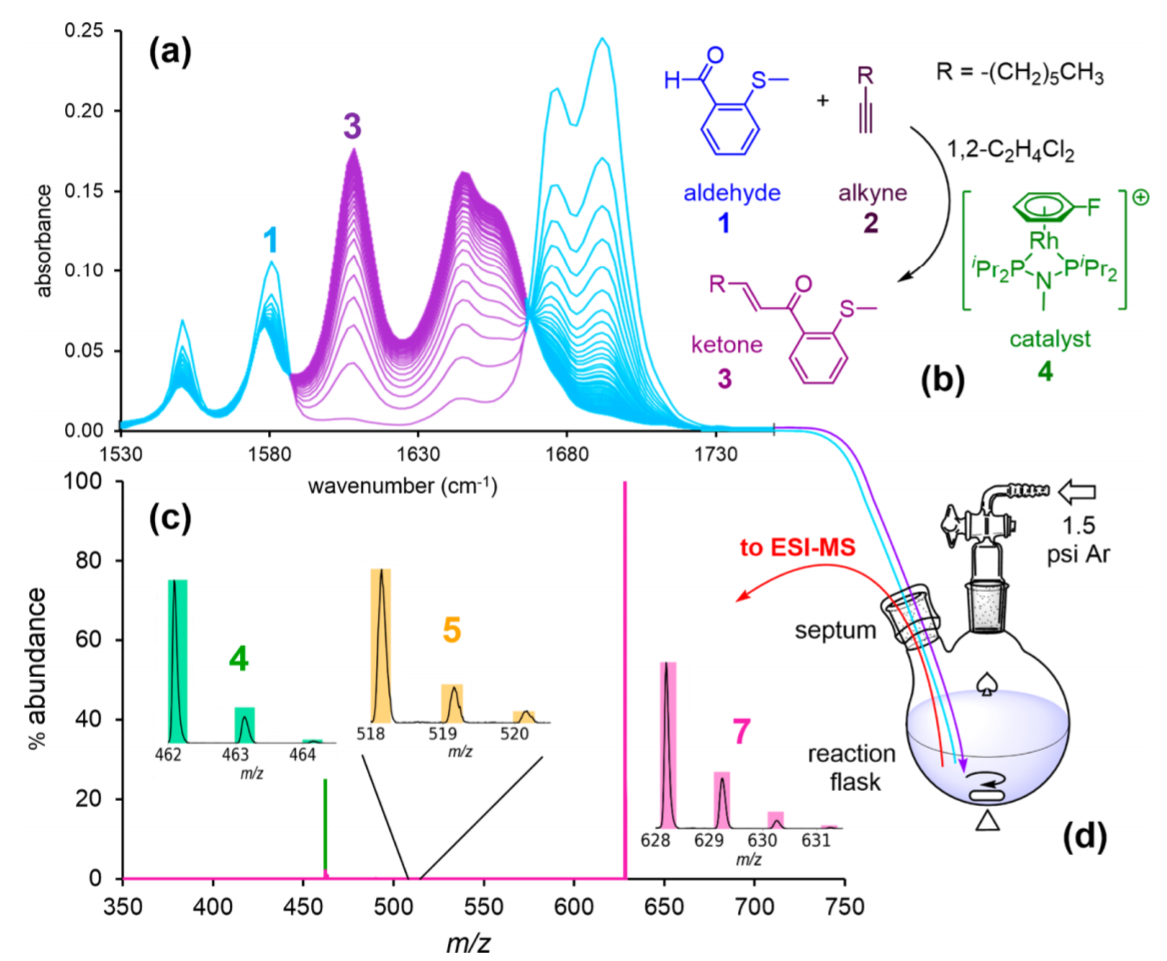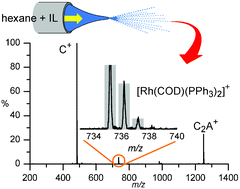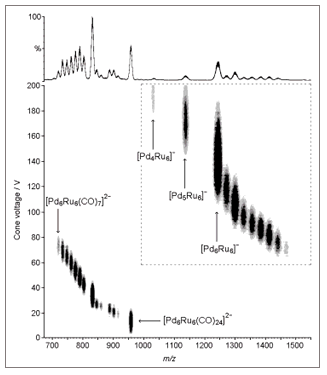
Research
contact | home | lab | links | opportunities | people | publications | research |
![]()

![]()
![]()
![]()
![]()

![]()

![]()
We thank the above organizations and companies for their generous support of our research.

A Wordle word cloud, made from the text of my Discovery Grant (in UVic colours)
Research
We investigate challenging inorganic and organometallic catalytic systems using powerful characterization tools and methodologies of our own devising.
Further details are given below; also see our
list of
Catalyst Discovery
We have work in progress on systems as diverse as palladium-catalyzed cross-coupling reactions, biodiesel synthesis, activators for olefin polymerization, platinum-catalyzed hydrosilylation, and rhodium-catalyzed hydrogenation. We can track reactions in exquisite detail - see below for an example of the kind of data we get - 9000+ data points on every component of a catalytic reaction mixture including starting material, product, byproduct(s), AND key intermediates. Contact Scott for more details of current projects. We've most recently extended our work with mass spectrometry to add complementary techniques such as infrared spectroscopy [100], UV/Vis spectroscopy [104] and colorimetry [108].

ESI-MS analysis of a Sonogashira cross-coupling reaction [65].

ESI-MS + IR investigation of hydroacylation [100].
Ligand Design
We are interested in reactions catalysed by transition metal complexes, with a particular interest in those that are charged [51]. We design ligands for this express purpose [43, 56, 58]. The resulting charged complexes are of particular interest as they are suitable for use in green reaction media (such as water or ionic liquids) [32] and have the advantage of being amenable to study using ESI-MS [27].
An "electrospray active" phosphine ligand, equipped with a charged phosphonium group [58].
Methodology development
The group uses electrospray ionization (ESI) tandem mass spectrometry (MS/MS) as its primary characterization tool, and we operate a high performance hybrid quadrupole/time-of-flight instrument. Primarily used for the study of high-mass biological molecules, ESI-MS is a powerful and sensitive technique capable of rapidly characterising complex mixtures at very low concentration [10, 13, 18]. As such, it's a great tool for in situ studies of catalysis in action - but it has weaknesses that we've had to address. We've shown we can spray non-polar solvents [42], blur the distinction between gas and solution phase [48, 50], study catalysts in ionic liquids [29, 34], do ESI-MS under oxygen- and moisture-free conditions [52], monitor reaction continuously [61] and developed a way to reduce the large quantities of structural data obtained from MS studies to a manageable size in a visually attractive and intuitive way [9, 17, 30]. We've developed Python tools for data analysis [120] and built an online catalytic cycle generator that incorporates rate constant information.

ESI mass spectrum of a rhodium catalyst and an ionic liquid, from a hexane solution [42].
Tools of the trade: hexapole ion focusing devices, part of the front end of the spectrometer.

PSI-ESI-MS [61].
© JS McIndoe, Department of Chemistry, University of Victoria · Updated 4 December, 2024
